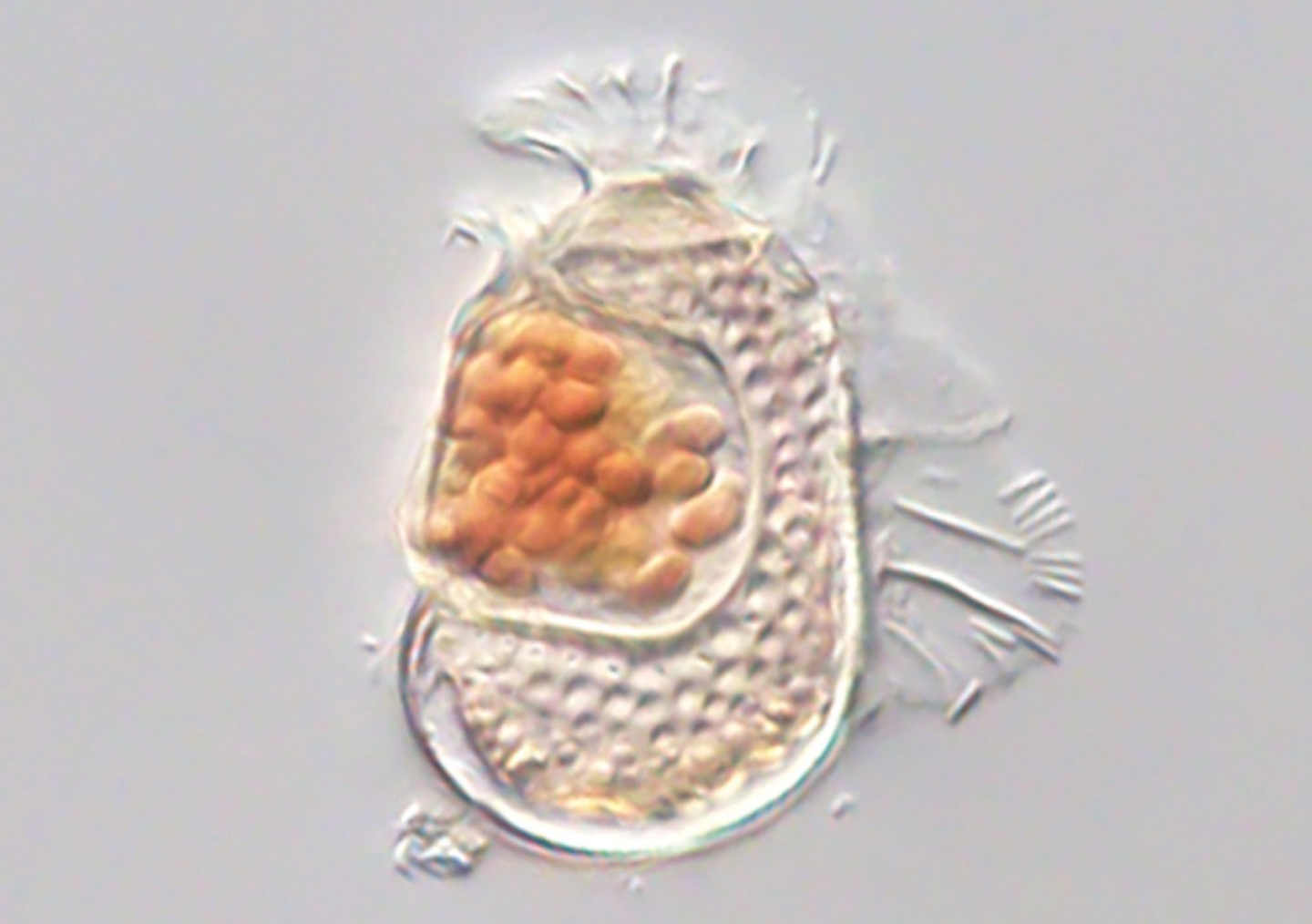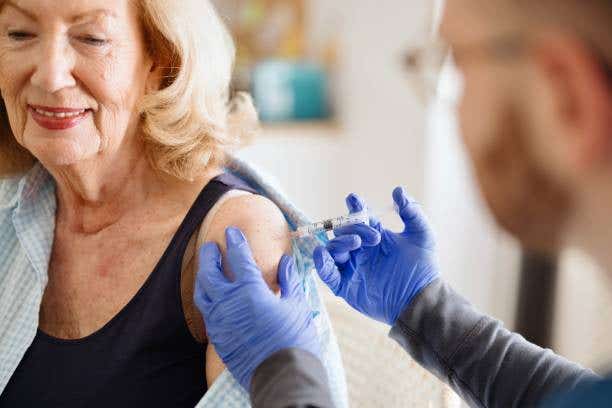Lasers etch an efficient way to address global water crisis
[July 13, 2020: University of Rochester] Solar-based water purification is much more effective at reducing contaminants than simply…

[July 13, 2020: University of Rochester]
Solar-based water purification is much more effective at reducing contaminants than simply boiling water. There are various methods of solar-based purification, but none has been as efficient as a new method developed in the lab of University of Rochester optics professor Chunlei Guo that uses laser-etched aluminum panels.
By etching metal with ultrashort laser bursts, Rochester researchers demonstrate a way to purify water without wasting energy.
Amid the coronavirus pandemic, people in developed countries are assured of ample supplies of clean water to wash their hands as often as needed to protect themselves from the virus. And yet, nearly a third of the world’s population is not even assured of clean water for drinking.
University of Rochester researchers have now found a way to address this problem by using sunlight—a resource that everyone can access—to evaporate and purify contaminated water with greater than 100 percent efficiency.
How is this possible?
In a paper in Nature Sustainability, researchers in the laboratory of Chunlei Guo, professor of optics, demonstrate how a burst of femtosecond laser pulses etch the surface of a normal sheet of aluminum into a superwicking (water-attracting), super energy-absorbing material.
When placed in water at an angle facing the sun, the surface:
Draws a thin film of water upwards over the metal’s surface
Retains nearly 100 percent of the energy it absorbs from the sun to quickly heat the water
Simultaneously changes the inter-molecular bonds of the water, significantly increasing the efficiency of the evaporation process even further.
Using sunlight to boil has long been recognized as a way to eliminate microbial pathogens and reduce deaths from diarrheal infections. But boiling water does not eliminate heavy metals and other contaminants.
Experiments by the lab show that their new method reduces the presence of all common contaminants, such as detergent, dyes, urine, heavy metals, and glycerin, to safe levels for drinking.
Solar-based water purification: Seeking an efficient method
Solar-based water purification can greatly reduce contaminants because nearly all the impurities are left behind when the evaporating water becomes gaseous and then condenses and gets collected.
The most common method of solar-based water evaporation is volume heating, in which a large volume of water is heated but only the top layer can evaporate. This is obviously inefficient, Guo says, because only a small fraction of the heating energy gets used.
A more efficient approach, called interfacial heating, places floating, multilayered absorbing and wicking materials on top of the water, so that only water near the surface needs to be heated. But the available materials all have to float horizontally on top of the water and cannot face the sun directly. Furthermore, the available wicking materials become quickly clogged with contaminants left behind after evaporation, requiring frequent replacement of the materials.
The panel developed by the Guo lab avoids these inefficiencies by pulling a thin layer of water out of the reservoir and directly onto the solar absorber surface for heating and evaporation. “Moreover, because we use an open-grooved surface, it is very easy to clean by simply spraying it,” Guo says.
“The biggest advantage,” he adds, “is that the angle of the panels can be continuously adjusted to directly face the sun as it rises and then moves across the sky before setting” —maximizing energy absorption.
“There was simply nothing else resembling what we can do here,” Guo says.
Latest in a series of applications
Guo, who is also affiliated with the University’s physics and materials science programs, has long envisioned an array of humanitarian applications for an efficient solar-based purification method. “This is a simple, durable, inexpensive way to address the global water crisis, especially in developing nations,” he says, noting that it could help relieve water shortages in drought-stricken areas and be helpful in water desalinization projects, he adds.
The project was supported by funding from the Bill and Melinda Gates Foundation, the National Science Foundation, and the US Army Research Office.
Joseph Shavit
Head Science News Writer | Communicating Innovation & Discovery
Based in Los Angeles, Joseph Shavit is an accomplished science journalist, head science news writer and co-founder at The Brighter Side of News, where he translates cutting-edge discoveries into compelling stories for a broad audience. With a strong background spanning science, business, product management, media leadership, and entrepreneurship, Joseph brings a unique perspective to science communication. His expertise allows him to uncover the intersection of technological advancements and market potential, shedding light on how groundbreaking research evolves into transformative products and industries.



